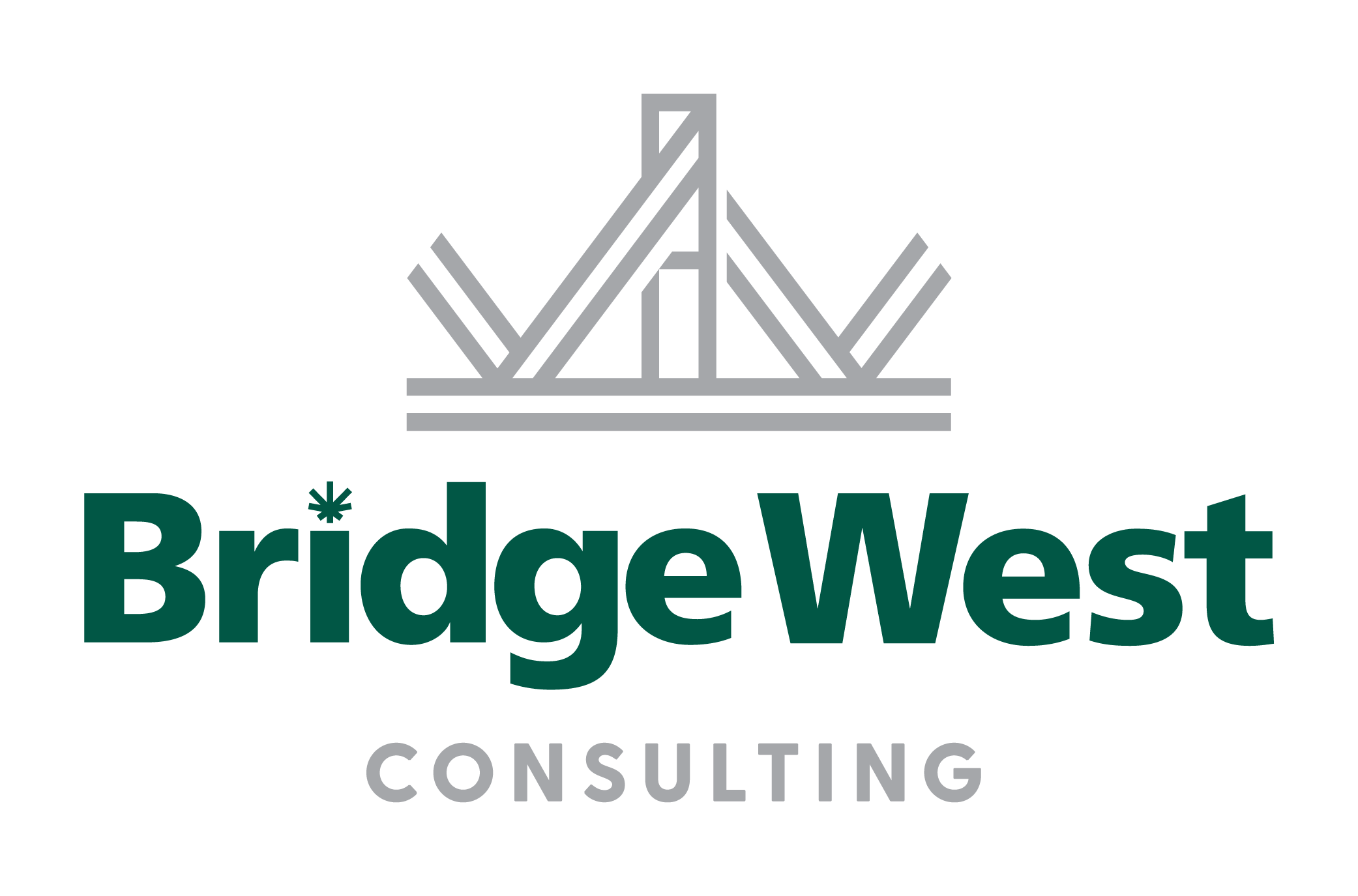Editor’s Note: Lately, we have been hearing from folks with start-up ideas all over the country, and they frequently ask us how they can connect with investors and what they should have prepared when it comes time to pitch. To answer these questions, we decided to recruit the best source possible — Francis J. Priznar, Chief Mentor at The Arcview Group — to help us understand what entrepreneurs need to do to successfully pitch investors. The Arcview Group is always seeking great ideas and entrepreneurs who want to raise capital from Arcview’s 550+ high-net-worth members, who have placed over $85M into more than 130 cannabis companies. The following is a list of questions that our readers have most commonly asked, followed by Mr. Priznar’s responses.
How can cannabis entrepreneurs meet investors?
After your personal contacts (friends and family), the best investors are most likely those who are already engaged in the cannabis market. Finding them, just a few years ago, used to be quite a challenge, but today an internet search will turn up many possibilities. Be careful, not all are equally qualified, nor appropriate, for you — so it makes sense to understand the investors’ track records, resources, specialties, and commitments to the industry.
An obvious source of quality accredited investors is my firm, The Arcview Group. We are the world’s leading cannabis deal-making platform. We welcome inquiries from any serious entrepreneur looking to launch a great idea or expand an existing business. We review up to 30 deals each week — ranking from cultivators, apps, hemp products, and more — and select those that meet our member interest criteria. If a deal is not “investment grade” some high potential early stagers might be referred to our successful partner Canopy — an accelerator with locations in CO and CA — for polishing.
As Chief Mentor for entrepreneurs at The Arcview Group, my advice to entrepreneurs is to try us first (or at least simultaneously) and if your deal is not right for us, we’ll often try to provide some feedback useful for retooling or moving in a different direction. We value all relationships with entrepreneurs and sometimes a bit of experienced and timely advice from experts such as us can be extremely helpful.
Likewise, you should actively seek to build relationships with investors and investor groups. That is because when you hear “no,” it usually means “not now.” You should always try to learn why your deal was not selected so you can pivot and return later if it makes sense.
Ganjapreneur, among other publications, lists investment sources other than Arcview. That is a start. If you take the same four-step approach with others as you do with us, you are on a good track:
- Make a great first impression: from your first call, to first pitch, to first in-person meeting.
- Seek useful feedback from seasoned investors.
- Build relationships. Investors can be helpful in important ways beyond funding.
- Think of fundraising as a marathon, not a sprint. It takes time.
And… repeat.
What information should you have ready for investors?
The amount of information needed by entrepreneurs depends on the life cycle stage of the business. It’s understandable, for example, when conceptual startups cannot produce a cash flow analysis if they are not yet operating. Regardless, the more information the better and quality information is more important than quantity. The list below outlines an ideal information package but as previously stated is not always possible.
If you cannot produce these documents when requested by investors, it needs to be for a good business reason.
Business Plan
- A business plan is a strategic document that communicates business goals and how they will be achieved. It’s often used to obtain investor funding and establish three- to five-year goals for a business.
- You can customize important sections, such as the executive summary, market analysis, investment analysis, business operations, marketing strategy and more. A business plan is considered a “living document,” so it should be updated as your business evolves in order to provide internal and external guidance.
Investor Pitch Deck
- Considered a modern condensed version of the traditional business plan, a pitch deck is a concise presentation that briefly describes your business to potential investors. The goal of the pitch is to clearly communicate your company’s value proposition and the customer problems it seeks to address and resolve.
- Decks should be as short as possible, ideally fully presentable in less than 10 minutes, to ensure your audience remains attentive and engaged. Rather than reading off the slides verbatim, use the deck for supporting visual content, such as graphs, charts and key buzzwords, and develop a verbal pitch that supports the visuals. Pictures and graphs are more powerful that words here.
- An investor pitch deck goes far beyond what you would include in a sales pitch deck. In a sales pitch deck, your focus is on the product or service and how it will be a value-add to the potential client. In an investor pitch deck, you have to address that but also address the competitive landscape, your investment offer and how it’ll be used to grow the business, the experience of the company leadership, and a host of other factors.
- For more details, click here to watch a short presentation I gave on the essential elements of an ideal pitch deck.
Balance Sheet
- Considered a “snapshot of a company’s financial condition,” a balance sheet is a basic financial statement that measures a company’s assets, liabilities and ownership equity. A company’s assets, such as physical property and intellectual property (see section on Protection), give investors an idea of how much a company owns. On the other hand, liabilities, such as payroll and debt, specify how much a company owes. Lastly, ownership equity indicates the amount invested by shareholders and the company’s retained earnings. Potential investors may ask to see an updated balance sheet to get a glimpse of your company’s financial condition, so it’s a good idea to have one handy.
Capitalization Table
- A capitalization table is a record of all the shareholders of a company, along with their respective ownership percentages. It also outlines all of the securities issued by a company to investors throughout different investment stages (i.e. series or common/preferred shares and options/incentives), as well as the various prices paid for those securities.
- This table specifies ownership shares on a fully diluted basis—if all convertible notes and stock options are exercised—therefore enabling a company’s ownership structure to be easily ascertained.
Term Sheet
- A term sheet is an important document that a company seeking financing provides to potential investors. Many investors believe a deal is not investable if the entrepreneur fails to produce a term sheet on the first meeting.
- Generally non-binding, a term sheet specifies the amount of financing sought, price per share, voting rights, redemption rights, closing details and more. Additionally, this document specifies the total number of directors that investors will be entitled to elect to the company’s board. Think of it as an executive summary for your investment offering – a top-level 1 pager that lists the most important details about your business and investment.
Income Statement
- Also called a profit and loss statement, an income statement is one of three basic financial statements. It simply measures all of a company’s profits from all sources while deducting all of its losses during the same period of time. Comparing profitability to a prior period of time is vital since it helps investors determine whether a company’s profits have increased. This can be an important tool in making informed business decisions to free up cash flow and ensure profitability.
Cash Flow Statement
- A cash flow statement measures the amount of cash a company generates and spends during a specific period of time. Since it helps investors determine how much revenue a company is generating, where it’s coming from and how it’s being spent, the cash flow statement is considered one of the big three financial statements.
Additional Documents
- The following are useful but normally of secondary importance to investors:
- Convertible Promissory Note
- Corporate Director Agreement
- Corporate Minutes
- Discounted Cash Flow Projection
- Share Subscription Agreement
- Information on these documents and samples or templates are readily available on the internet.
How should I talk about my idea?
Always remember you are selling a vision of a successful future. To do this, you should look and act the role today that you expect to be 3-5 years from now. For example, if you expect to be the CEO of a $25M software company in three years, you should look and talk like you are already in that role today.
Remember, you are asking for serious money and a commitment so you need to demonstrate you can be trusted, are yourself committed, and have the grit necessary to successfully get through many unforeseen challenges. This is about business and an investor relationship based on business first with authenticity and truth is a great starting point.
Being engaging is a plus. To do this, it is useful to be mindful that investors may know more about your business than you do. For all you know, the pitch an investor experienced immediately prior to yours was to solve the very same problem you are addressing. Or perhaps an investor has already invested in your competitors! A good approach is to be humble and seek advice… always ask for feedback. If an investor does not express interest in you, she/he is the only one who knows why and often you need to ask for an explanation and feedback. Honest and direct feedback is a gift.
How can I protect my idea?
As a startup, maintaining an edge over your competitors may depend on choosing the right strategy for intellectual property (IP) protection. If and when it is necessary to disclose this information, it’s useful to understand generally, there are two types of IP protection: patents and trade secrets. Each offers different types of protection with distinct benefits and risks.
Patents
- Patents provide broad protection for invention and innovation on almost any novel aspect of technology or improvements on existing technology. A strong patent, or collection of patents, provides venture capitalists and angel investors assurance that the investment opportunity is protected and thus less risky. However, patent registration can require significant time and money to prepare and therefore could be an obstacle for investors.
- Also, patents generally have a limited length of protection, with the patent owner receiving 20 years of protection from the time of filing or its earliest priority date. After this, anyone can legally copy or reproduce your innovation. Patents may also be expensive to defend against competitors and patent trolls.
Trade Secrets
- Certain innovations may be more effectively protected if they are held as trade secrets instead of being disclosed to the world through the patenting process. One requirement for trade secret protection is that the invention must be kept secret. This requirement can make protection difficult to maintain because once a trade secret is divulged, it is no longer protected.
- Trade secret protection involves protecting ideas simply by keeping them secret so it avoids the effort and expense associated with filing patent applications. Protection can remain for as long as the underlying technology (i.e. a secret sauce) is kept secret. Note that even technology that is available for purchase on the open market can be held as a trade secret so long as such technology is not disclosed, cannot be discovered, or reverse-engineered.
- Obviously, it is vital that employees are educated on keeping information confidential and that a company plan is implemented to maintain secrecy.
What is the best cannabis vertical for creating new business opportunities?
No one can predict the future, so I will not even attempt to answer this question. However, the following general advice should be helpful:
- Solve a real-world problem. Your solution then becomes the basis of a business.
- Stay with what you know: if you are a software expert, look for software opportunities in the cannabis market.
- Apply general business trends to the cannabis sector: for example, most sectors of the US economy are digitized — has cannabis kept up?
- Focus on something you love: business ownership and management is very hard work. Many days you will likely not be making money, so loving what you’re doing helps a lot.
And remember, just because an existing solution is already addressing a need — you can still try to do it better, faster, and/or cheaper… or cooler. What if Twitter’s founders were convinced a short messaging solution was ridiculous because we already had text and email?
Information in this article, especially the simple overview of legal protection of confidential information, is offered as an introduction to the topic. Protecting IP is a serious matter affecting business valuation and investor attraction so experienced legal counsel should be sought for your individual situation. Nothing in this article should be construed as legal, financial, or investment advice.
Good luck!
Get daily cannabis business news updates. Subscribe
End





